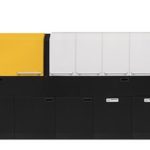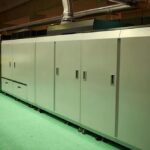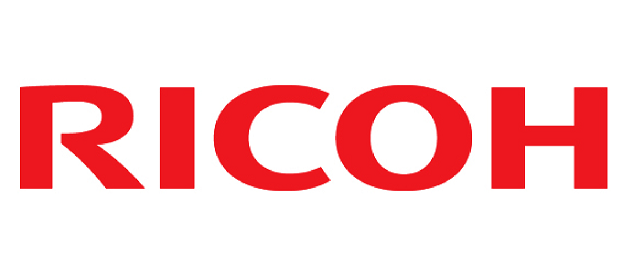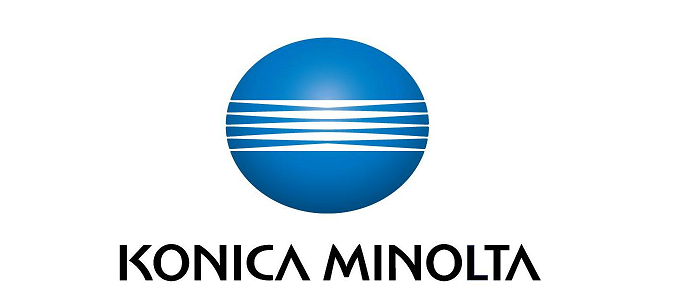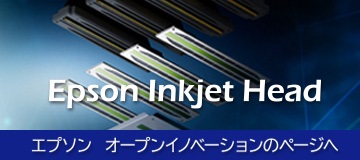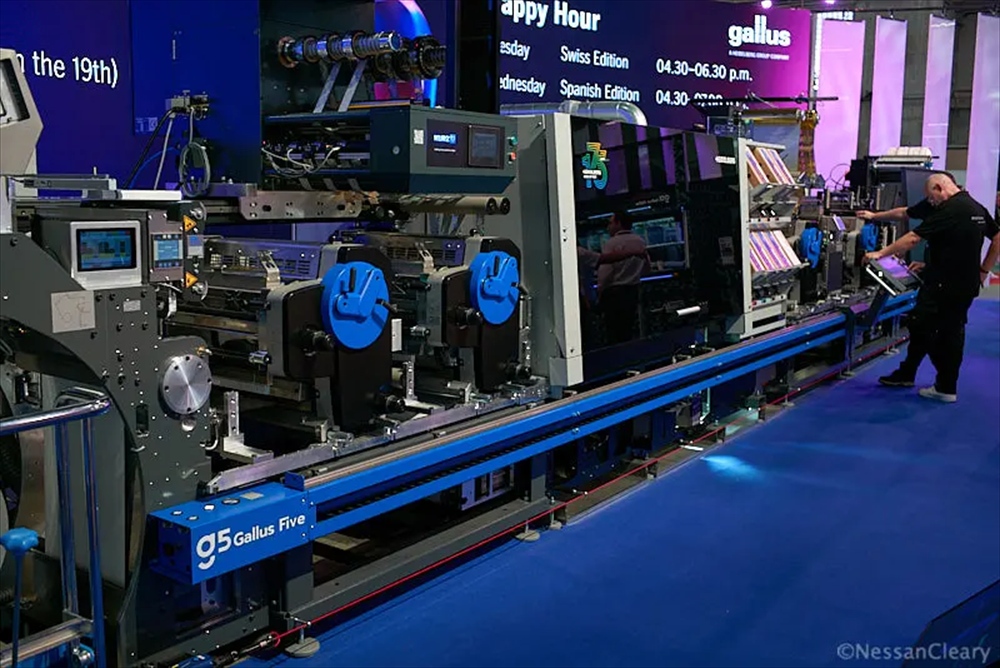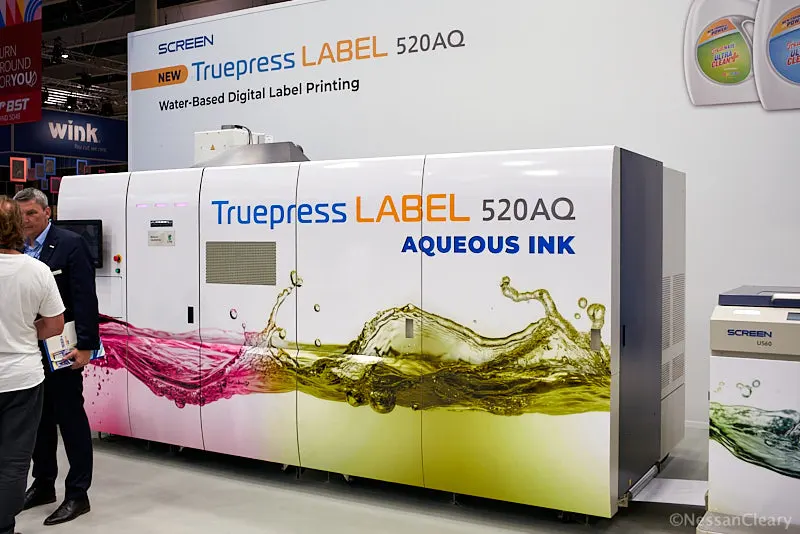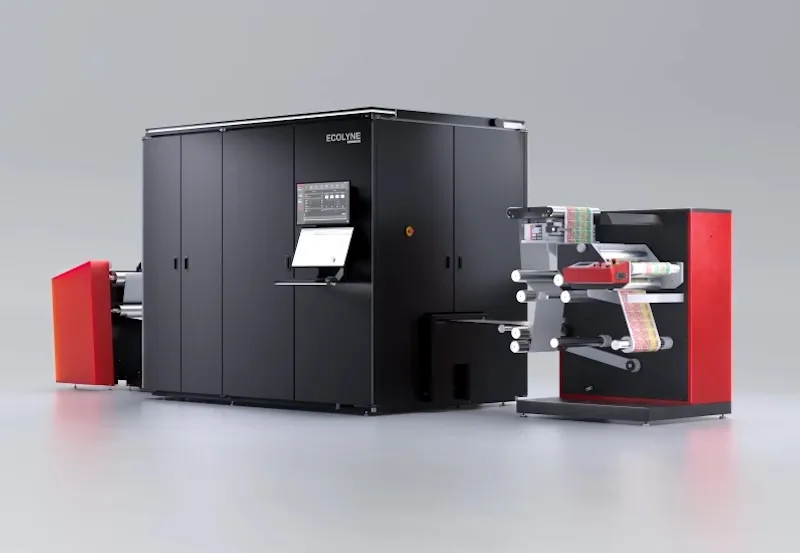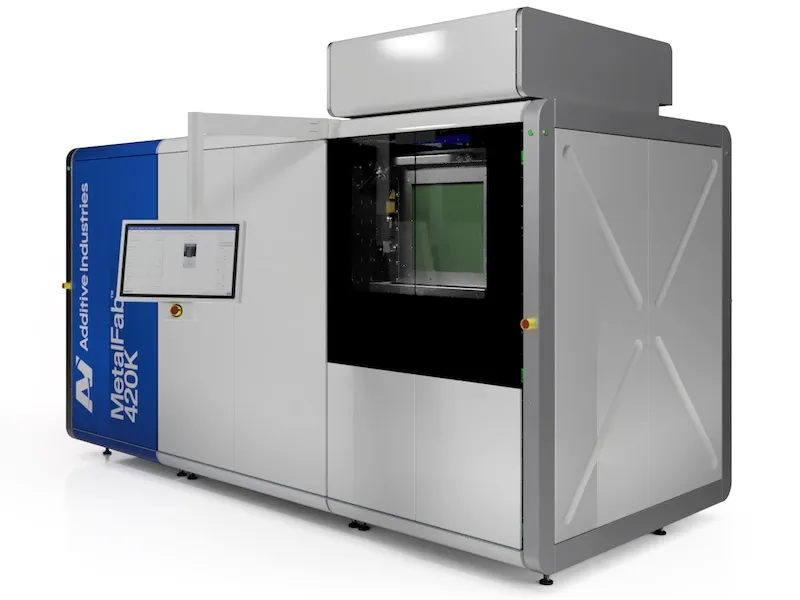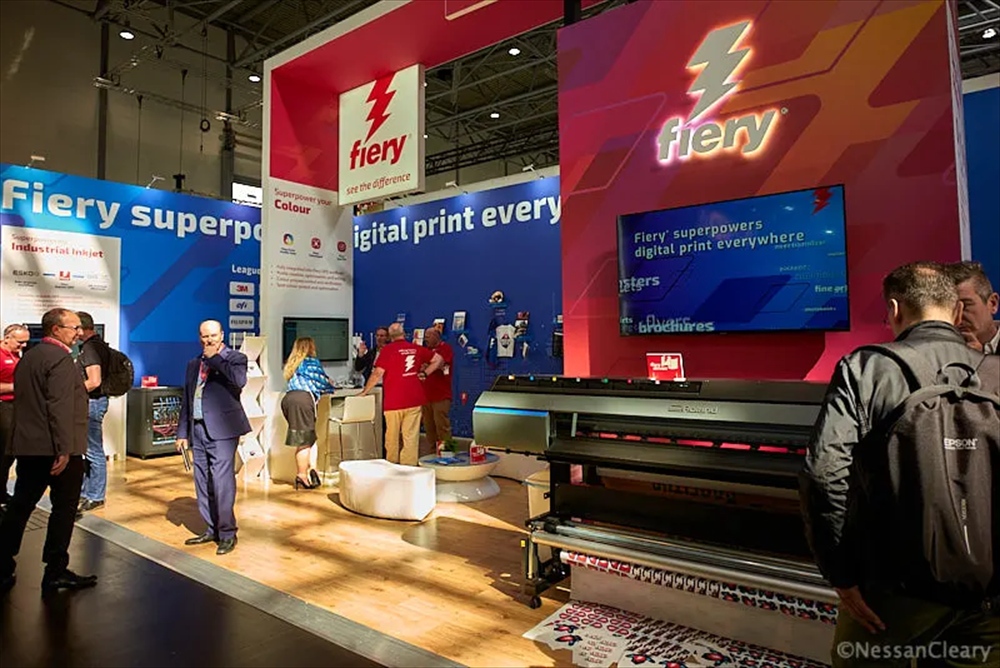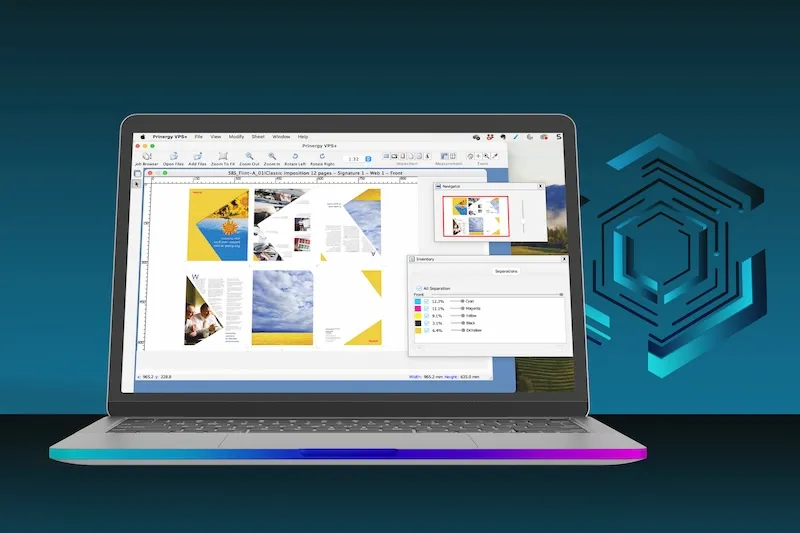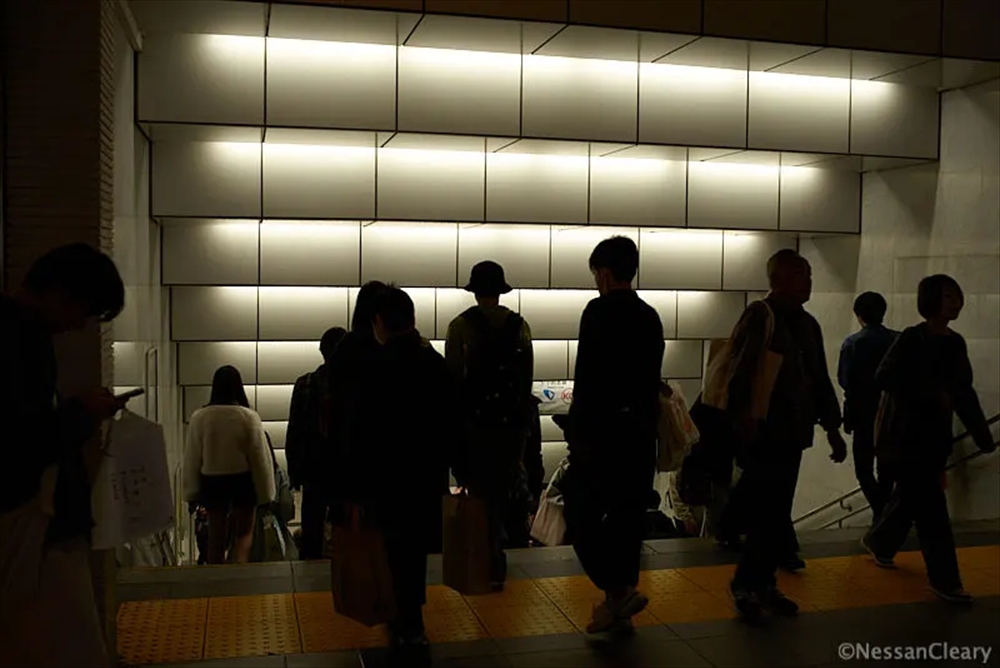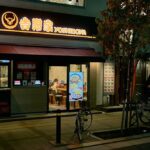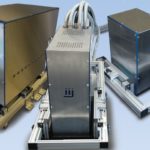- 2019-7-25
- Nessan Cleary 記事紹介
エプソンは先月のバルセロナで開催された Itmaのショーを利用して、Monna Lisaシリーズのテキスタイルプリンタと、新シリーズの Genesta顔料インクを新たに発表しました。
Epson launches new textile printer and inks
Epson used last month’s Itma show in Barcelona to announce new additions to its Monna Lisa range of textile printers as well as a new series of Genesta pigment inks.

Paolo Crespi, direct to fabric sales and marketing director for Epson.
私はこの展示会で、エプソンの EMEA直販組織およびアメリカのセールス&マーケティング担当ディレクターで、2015年に買収した For.Texのコマーシャルディレクターである Paolo Crespiをインタビューする機会を得ました。2012年にはティスタイル市場への参入の一環として)多くのワイドフォーマットベンダーと同様に、エプソンはすでに独自の昇華型プリンターを開発していましたが、デジタルプリントの市場が本当に成長し始めたので、その市場への確立された足場が必要になると認識しました。
I took the opportunity at the show to catch up with Paolo Crespi, Epson’s direct to fabric EMEA and Americas sales and marketing director, who was previously commercial director for For.Tex, which Epson bought back in 2015 (having already bought half of the company in 2012) as part of its push into the textiles market. Epson, as with many wide format vendors, had already developed its own dye sublimation printers but recognised that as the market for digital print really started to grow so it would need an established foothold into that market.
Crespi氏によると、同社の理念は、高い印刷品質に基づいたプラットフォームを確立し、そこからさらに別のマシンを繰り返し市場投入することでした。 「私たちにとって最も重要なことは、一定の品質を確立し、それから変わらないことでした」と彼は言います。
Crespi says that the company’s philosophy has been to establish a platform based on high print quality and then iterate further machines from there. He says: “The most important thing for us was to set up a certain quality and not to change from that.”
エプソンの Monna Lisaプリンタは、幅 1.8mで、シングルパス機ではなくすべてスキャンしています。Crespiは、スキャニングマシンはより高い画質を提供できると言います。プリントヘッドはエプソン独自のプレシジョンコアですが、テキスタイル素材のさまざまな繊維による損傷を防ぐための保護コーティングが施されています。エプソンは、それぞれ 4つのチップを持っていると言うことを除いて、どのヘッドを特定していませんか。これは、S3200を使用していることを示唆しています。このヘッドについてはここで説明しました。
Epson’s Monna Lisa printers are all 1.8m wide and are all scanning rather than single pass machines. Crespi says that scanning machines can deliver higher image quality. The printheads are Epson’s own Precision Core though with a protective coating to prevent the risk of damage from the various fibres from the textile materials. Epson hasn’t specified which head, other than to say that they have four chips each, which suggests they’re using the S3200, which I’ve already written about here.
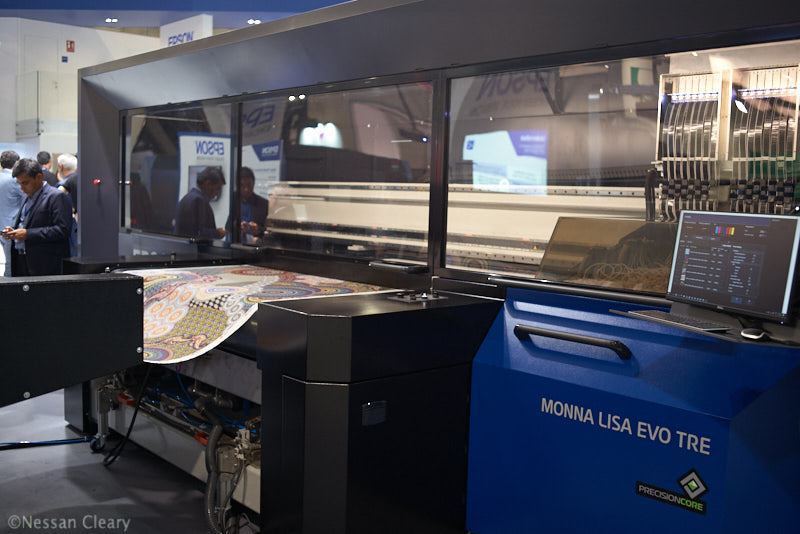
Epson launched this new Monna Lisa Evo Tre 64 textile printer at the Itma 2019 show.
同社はすでに 8色まで印刷して最大 404平方メートル/時間を生産することができる 16ヘッドを持つ標準的な Tre 16を含むいくつかのバージョンの Monna Lisa Evo Treを提供しています。32ヘッド版もあり、2セットの 8色または 16色チャンネルで設定できます。1パスで300 x 600 dpiを想定すると、これは 8色で最大 692平方メートル/時間、16色で最大 440平方メートル/時間を生成することができますが、プリンターが提供する解像度は最大 1200 dpiです。
The company already offers the Monna Lisa Evo Tre in several versions including the standard Tre 16 with 16 heads able to print up to eight colours and to produce up to 404 sqm/hr. There’s also a 32-head version of this which can be configured with two sets of eight colours or 16 colour channels. This can produce up to 692 sqm/hr with eight colours, or 440 sqm/hr with 16 colours, assuming 300 x 600 dpi with one pass, though the printer offers up to 1200 dpi resolution.
しかし、Crespi氏によると、これらのマシンはシングルパスプリンタと競合するには生産性が十分ではないため、Epsonは先月の Itmaショーで発表された新しい 64ヘッドバージョンを開発しました。プリンタ自体は 1200 dpiに対応していますが、新しい Monna Lisa Evo Tre 64は 2パスで 600 x 600 dpiの解像度で最高 779平方メートル/時まで印刷することができます。それは 8色まで印刷します。
However, Crespi says that the company realised that these machines were not productive enough to compete against single pass printers so Epson developed the new 64-head version that was unveiled at last month’s Itma show. The new Monna Lisa Evo Tre 64 can print up to 779 sqm/hr with 600 x 600dpi resolution with two passes though the printer itself is capable of 1200 dpi. It prints up to eight colours.
彼は、ほとんどのヨーロッパの会社がシングルパス機を正当化するのに十分な仕事量を持っていないこと、そして顧客が 500〜700平方メートル/時間が高品質仕事のために十分速いと示したと説明します。Crespi氏は、次のように付け加えています。「ヘッドの数を増加する必要がありましたが、シングルパスの場合ほど多くはないため、総コストはシングルパスより少なくなります。顧客が生産コストを計算する際には、印刷する必要がある量と、マシンのコストとメンテナンスを考慮する必要があるため、64ヘッドが最適なヘッド数だと思います。生産性は半分ですが、コスト(価格)はシングルパスの半分以下です。ヘッド数は生産量に反映されます。もし年間 1000万メートルを印刷する必要がある場合には、それは小さすぎます。(■ 逆に、そんなに生産量のある会社はあるかな?と言っている)」
He explains that most European companies don’t have the volume of work to justify a single pass machine and that customers had indicated that 500 – 700 sqm/hr was fast enough for high quality work. Crespi adds: “We had to add more heads, but not as many as with single pass so the total cost is less than single pass. When a customer goes to calculate his production costs he has to consider the volume he has to print and the cost and maintenance of the machine so I think that 64 heads are a good number of heads. It’s half the productivity but less than half the cost of single pass. It comes down to volume. If you need to print 10 million metres in a year then it’s too small.”
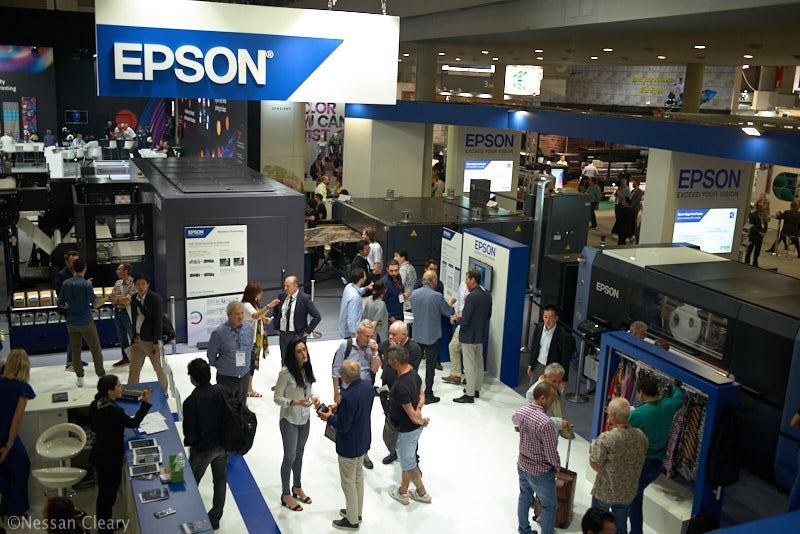
The Epson stand at Itma 2019 was always busy.
また、エプソンは、わずか 8つのヘッド搭載で、捻出可能な 20万ユーロに抑えることができるエントリーレベルの新しいプリンタである Tre 8を披露しました。これにより、1回のパスで 300 x 600 dpiで最大 265平方メートル/時の速度が得られますが、複数のパスを使用すると品質が向上します。工場出荷時に限り、これは 16ヘッドにアップグレードできます。Crespiは、エントリーレベルのモデルであるにもかかわらず、それはまだ産業用レベルの機械であると言います。デジタルプロダクションでテストしたい既存のプロデューサーのためだけでなく、より大きなマシンのための生産ボリュームをまだ持っていない新しいプレーヤーのために設計されています。
Epson also showed off a new entry-level printer, the Tre 8, with just eight heads to keep the cost down to a manageable €200,000. This can produce up to 265sqm/hr at 300 x 600dpi in a single pass though multiple passes will produce better quality. This can be upgraded to 16 heads though only at the factory. Crespi says that despite being an entry level model it’s still an industrial machine. It’s designed for existing producers who want to test the water with digital production as well as for new players that don’t yet have the volume for a bigger machine.
これらのプリンタはすべて、エプソンの Genesta 酸性インク、反応性、分散性および顔料インクを使用しています。しかし、エプソンは新しいシリーズの顔料インク、Genesta PG-Revoも導入しました。これは後処理を必要とせずに高い摩擦堅牢度と優れた印刷品質を提供すると言われています。これは、より速いターンアラウンドのためにプロセスを削減する能力が最も重要である、急成長しているオンデマンドファッションおよびホームテキスタイル市場を目的としています。
All of these printers use Epson’s Genesta Acid, Reactive, Disperse and Pigment inks. However, Epson also introduced a new series of pigment ink, the Genesta PG-Revo, which is said to offer high rub fastness and good print quality without needing post-treatment. This is aimed at the fast growing on-demand fashion and home textile markets where the ability to reduce processes for faster turnaround is most important.
前処理に関しては、Crespiはこれが酸性および反応性インクに必要であると指摘し、次のように付け加えています。「顔料インクでは事情が異なります。顔料用の前処理も開発しましたが、必要なときにのみ使用します。前処理は色域と濃度にのみ影響しますが、色とデザインに依存するため、常に必要とするわけではありません。顔料では、濃い黒や赤が必要な場合は非常に難しいため、濃い色を実現するには大量のインクを塗布する必要があります。前処理を使用すると、大量のインクを節約できます。」
As for pretreatment, Crespi points out that this is needed for acid and reactive inks, adding: “For pigment ink it’s different. We developed a pretreatment but we only use it when we need to. The pretreatment only affects the colour gamut and density but we don’t always need it as it depends on the colour and design. In pigment if you need a deep black or red it’s quite difficult so we have to put down a lot of ink to achieve the deep shades and the pretreatment helps with that so you can save a lot of ink.”

Epson showed samples printed with several different types of inks, including the new Genesta PG revo pigment series seen here on the left.
Crespiによれば、一般的に後処理は布地と使用目的に依存しますが、酸性インクと反応性インクは一般にスティーミング処理と洗濯工程を必要とします。エプソンはこの機器を製造していませんが、会社が顧客に技術支援を提供し、必要な消耗品を供給することはできます。Crespi氏は、次のように述べています。「品質は印刷だけではなく、堅牢性と手触りの面でも異なるため、すべてのプロセスが必要です。」
Crespi says that in general post-treatment depends on the fabric and the intended use but that acid and reactive inks generally need steaming and washing. Epson doesn’t make this equipment though the company does offer technical assistance to customers and can supply any necessary consumables. Crespi notes: “Quality is not only in the printing but also the fastness and the touch so it needs to be due to all the processes.”
Crespiはまた、繊維製品の生産が環境に与える影響にも情熱を注いでいます。ポリエステルなどの合成繊維はそのプラスチック成分が大きな問題であり、天然繊維がより良い解決策であると言います。しかし、彼はまた、綿の生産にはたくさんの水が使われていることを指摘し、ポリコットンのような素材がよい代替案となると述べています。
Crespi is also passionate about the impact of textile production on the environment, saying that synthetic materials like polyester with its plastic content is a big problem and that natural fibres are a better solution. However, he also points out that there’s a lot of water used in the production of cotton, saying that materials like polycotton offer a good alternative.
彼は、次のように述べています。「私たちはより多くのものを、環境に与えるインパクトをより少なく生産しなければなりません。今日の重要なポイントは、より少ないエネルギーとより少ない水です。」そして「私たちの顧客はこの観点を高く評価し、生産方法を改善しようとしています。イタリアの大手ブランドは、使用されている化学物質と必要な認証についてのフィードバックを求めています。これについて考えるには十分な規模の会社が必要であり、エプソンはこの問題について非常に敏感です。」と加えました。
He notes: “We have to produce more but impact less. Today the key point is less energy and less water.” He adds: “Our customers appreciate this point of view and try to improve their way of producing. The big brands in Italy are asking for feedback over chemicals used and the certification needed. It needs a big enough company to think about this and Epson is very sensitive about this issue.”
www.monnalisadtp.euに、Monna Lisaシリーズのプリンタと Genestaインクの詳細情報があります。
You can find more information about the Monna Lisa series of printers and the Genesta inks at www.monnalisadtp.eu.







